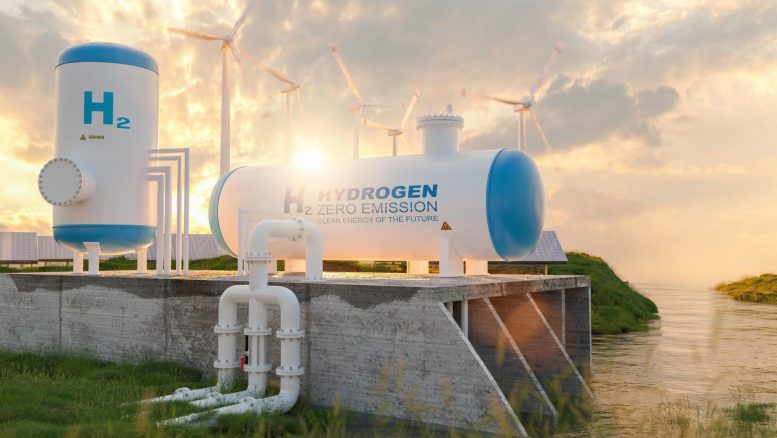
Hydrogen energy is an emerging clean and sustainable source of power that holds great potential for a greener future. As the most abundant element in the universe, hydrogen can be produced from renewable resources and used as a versatile fuel for electricity generation, transportation, and industrial applications. Its combustion only produces water vapor as a byproduct, making it a promising solution to reduce greenhouse gas emissions and mitigate climate change.
Scientists from the University of Kansas and the U.S. Department of Energy’s Brookhaven National Laboratory have made significant progress towards separating hydrogen and oxygen molecules to produce pure hydrogen — without using fossil fuels.
Results from pulse radiolysis experiments have laid bare the complete reaction mechanism for an important group of “water-splitting” catalysts. This advancement by the KU and Brookhaven team brings us nearer to generating pure hydrogen from renewable energy sources. This could potentially contribute to a more sustainable for the nation and the world.
Their findings were recently published in the Proceedings of the National Academy of Sciences.
“Understanding how the chemical reactions that make clean fuels like hydrogen work is very challenging — this paper represents the culmination of a project that I started in my very first year at KU,” said co-author James Blakemore, associate professor of chemistry, whose research in Lawrence forms the basis of the discovery.
“Our paper presents data that were hard-won from specialized techniques to understand how a certain catalyst for hydrogen generation does the job,” he said. “The techniques that were used both here at KU and Brookhaven are quite specialized. Implementing these allowed us to get a full picture of how to make hydrogen from its constituent parts, protons, and electrons.”
Blakemore’s research at KU was the foundation of the breakthrough. He took his work to Brookhaven for research using pulse radiolysis, as well as other techniques, at their Accelerator Center for Energy Research. Brookhaven is one of only two places in the nation housing equipment that enables pulse radiolysis experiments.
“It’s very rare that you can get a complete understanding of a full catalytic cycle,” said Brookhaven chemist Dmitry Polyansky, a co-author of the paper. “These reactions go through many steps, some of which are very fast and cannot be easily observed.”
Blakemore and his collaborators made the discovery by studying a catalyst that is based on a pentamethylcyclopentadienyl rhodium complex, which is [Cp*Rh] for short. They focused on the Cp* (pronounced C-P-“star”) ligand paired with the rare metal rhodium because of hints from prior work showing that this combination would be suitable for the work.
“Our rhodium system turned out to be a good target for the pulse radiolysis,” Blakemore said. “The Cp* ligands, as they’re called, are familiar to most organometallic chemists, and really chemists of all stripes. They’re used to support many catalysts and can stabilize a variety of species involved in catalytic cycles. One key finding of this paper gives fresh insight into how the Cp* ligand can be intimately involved in the chemistry of hydrogen evolution.”
But Blakemore stressed the findings could lead to other improved chemical processes besides producing clean hydrogen.
“In our work, we hope that chemists will see a study about how a common ligand, Cp*, can enable unusual reactivity,” the KU researcher said. “This unusual reactivity is relevant to the hydrogen story, but it’s actually bigger than this because Cp* is found in so many different catalysts. Chemists normally think of catalysts as being based on metals. In this way of thinking, if you’re making a new molecule, the metal is the key actor that brings the constituent parts together. Our paper shows that this isn’t always the case. Cp* can be involved in stitching the pieces together to form products.”
Blakemore said he hoped this paper could be an opening that leads to improvements in other catalysts and systems that rely on Cp* ligands. The breakthrough, which was supported by the National Science Foundation and the DOE Office of Science, could apply more broadly to industrial chemistry. Blakemore is now working on applying techniques like those used in this work to the development of new approaches to recycling of nuclear fuels and handling of actinide species.
KU students at the graduate and undergraduate levels also were involved in research that underpinned the breakthrough.
“This project was a very important training vehicle for students,” Blakemore said. “Graduate student Wade Henke, the first author, is now at Argonne National Laboratory as a postdoc. Graduate student Yun Peng is the second author and kicked off the joint work with Brookhaven; both have now finished their Ph.D.s. Undergraduates also contributed to this project over the years, providing new complexes and insights that we used to frame the story that emerged in this paper.
“All in all, I consider this a successful project and one that was a real team effort over the years.”
Reference: “Mechanistic roles of metal- and ligand-protonated species in hydrogen evolution with [Cp*Rh] complexes” by Wade C. Henke, Yun Peng, Alex A. Meier, Etsuko Fujita, David C. Grills, Dmitry E. Polyansky and James D. Blakemore, 15 May 2023, Proceedings of the National Academy of Sciences.
DOI: 10.1073/pnas.2217189120

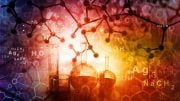

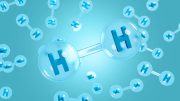
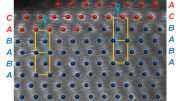

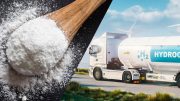

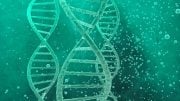
Another game changing discovery that will probably never be heard of again.
“Our rhodium system turned out to be a good target for the pulse radiolysis. The Cp* ligands, as they’re called, are familiar to most organometallic chemists, and really chemists of all stripes. They’re used to support many catalysts and can stabilize a variety of species involved in catalytic cycles. One key finding of this paper gives fresh insight into how the Cp* ligand can be intimately involved in the chemistry of hydrogen evolution.”
“[A] common ligand, Cp*, can enable unusual reactivity. This unusual reactivity is relevant to the hydrogen story, but it’s actually bigger than this because Cp* is found in so many different catalysts. Chemists normally think of catalysts as being based on metals. In this way of thinking, if you’re making a new molecule, the metal is the key actor that brings the constituent parts together. Our paper shows that this isn’t always the case. Cp* can be involved in stitching the pieces together to form products.”
Great work, James Blakemore and Dmitry Polyansky. Thank you.
To generate hydrogen to be used as a fuel is an awful, lost minded mistake as hydrogen is extremely light as it is the first element of the periodic table. Please enough dramatic mistakes.The density of liquid hydrogen is 141gm/liter which is 1/7 water density. Also hydrogen as it is very light it can go through steel, you cannot use steel as a container as it diffuses through it. Please enough troubles like assuming CO2 causing climate change while your body is made from one single lonely source and it is CO2 in air.
The headline is misleading: “A breakthrough”. Some interesting research perhaps, but the connection with generating hydrogen from renewable energy sources is at best speculative. I wish the people who write these news items would save the hyperbole for something that is demonstrably a breakthrough.